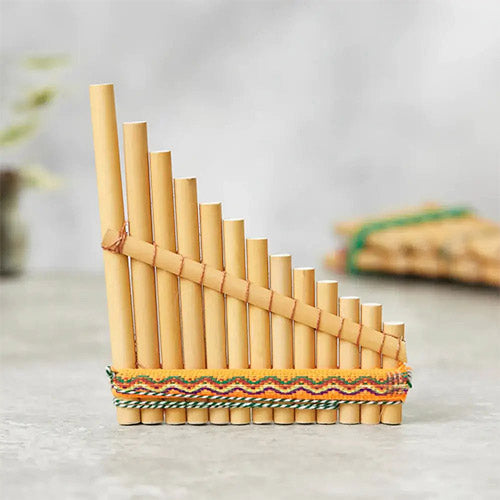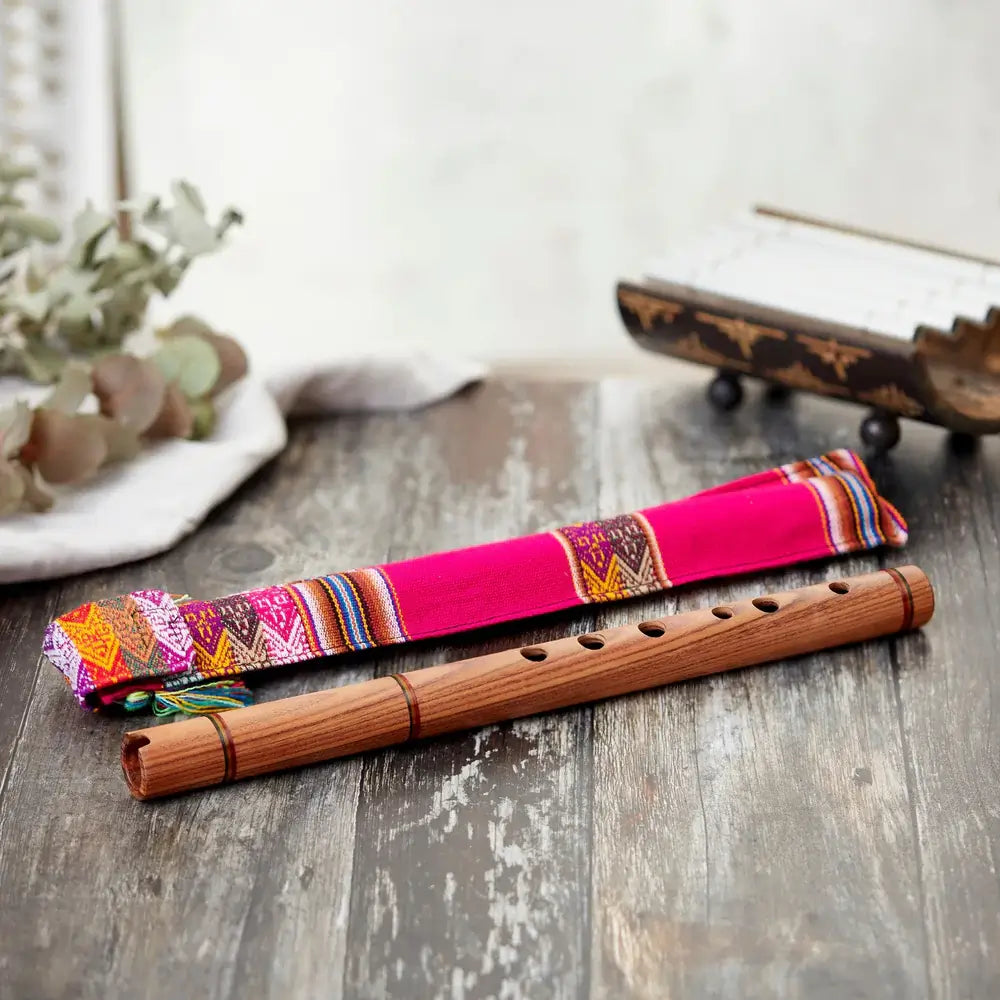The handpan is a beautiful musical instrument that produces a calming sound. It's known for its unique appearance and luxury aesthetic, but learning to play the handpan is extremely rewarding. This guide will explore the handpan, the available types, and how to play it comfortably.
What Is a Handpan?
The handpan is a steel musical instrument that’s played with the hands and fingertips. It produces calming tones by striking various parts of its surface. The instrument is often used in ambient and meditative music. Handpans are typically crafted from nitrided or stainless steel, designed to withstand regular playing while offering a tonal palette. Most handbags originate from Europe—especially Switzerland, Germany, and France—though many are now also made in the USA and Asia.
Different Types of Handpan
Handpans come in various types, each offering unique scales, sounds, and playing styles. Diatonic and pentatonic handpans are ideal for beginners, with easy-to-play melodic or meditative scales like D Minor Kurd or Celtic Minor.
More advanced players may prefer chromatic handpans spanning all 12 notes or integral models designed for intuitive flow. Double-sided hand pans expand the range with notes on both shells, allowing for more dynamic playing. Bass handpans offer deep, resonant tones that beautifully complement higher-pitched instruments.
Other variations include hybrid or electro handpans, which combine acoustic tones with MIDI functionality for studio recording or live performance. For those interested in world music or ambient exploration, exotic scale options such as Hijaz or Akebono open up an entirely new dimension of expression.
Each type of handpan serves a different musical purpose, allowing players to find the sound and scale that best suits their style and purpose. The Dreamland Handpan is perfect for any beginner and professional musician, as it is known for its warm tones.
Playing Position
The handpan is played with the hands—specifically the fingertips, pads, and occasionally the sides of the fingers. It’s important to avoid using a drumming motion. Instead, the goal is to strike with a gentle, controlled upward flick using a raised wrist and relaxed hand. The sound comes not from force but from finesse.
How to Hold the Handpan
You can play the handpan in your lap while seated, but using a stand can help improve posture and comfort, especially for longer sessions. Whichever method you choose, ensure you're sitting upright with a little distance between your body and the instrument.
Striking the Handpan
Different parts of the handpan produce different notes when tapped or slapped. The central dome, or "ding," often plays the lowest tone while the surrounding tone fields create melodic notes. Always treat the surface gently—it’s a sensitive instrument. Think of it as coaxing sound out, not forcing it.
Avoid hitting the handpan like a drum. The key is to use a light, precise touch. You’ll want to keep your hands loose, with fingers curved slightly. The upward motion is what activates the tone, not a downward force.
Technique & Warmups
Warming up is essential to getting the best sound from your handpan and avoiding strain. Begin by stretching your wrists and fingers, then lightly tap the surface to activate your hand muscles. Ease into playing with simple patterns, such as alternating between the central ding and nearby notes, before progressing to more complex rhythms. Staying relaxed and comfortable is key—tension affects tone and can lead to fatigue or injury over time.
After Playing
After you have finished playing your handpan, you must put it in its protective case to prevent scratches and dents. Keep it in a dry place away from extreme temperatures or humidity to prolong its life and sound quality.












